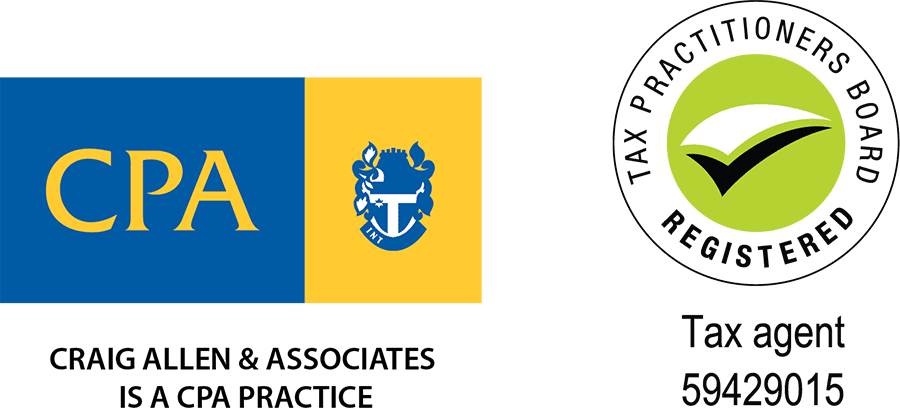A well-structured retirement plan is one of the most important investments you can make. Luckily, the Australian Government has implemented numerous ways for its citizens to look after themselves financially when it’s finally time to retire– the most significant being compulsory superannuation contributions.
Many Australians opt to save through a self-managed super fund (SMSF) as it gives you direct control over your super. It is a fund that opens up many benefits but it comes with obligations as well. If you’re deciding whether or not an SMSF is right for you, this article outlines everything you need to know.
What is a self-managed super fund?
An SMSF is a private superannuation fund that you can manage yourself, offering more flexibility and control over your retirement savings. You are in charge of running the fund and all investment decisions, not an external third party.
What sets it apart from other funds is the fact that the members are also the directors or trustees. That said, an SMSF is still regulated by the Australian Tax Office (ATO) which means that existing super and tax laws still apply. As the person in charge, you must ensure that your super fund is compliant with these laws.
Advantaged of a self-managed super fund
When done right, the benefits of a self-managed super fund can provide you with a sustainable plan for retirement and the future.
Tax benefits
SMSFs have the same concessional tax rates as other funds but you can easily apply tax strategies that can maximize the benefits for you and your fund members. Through your super, members can enjoy reduced tax rates on investment returns or earnings. In pension mode, SMSF pays little or no income tax.
If you’re unfamiliar with effective tax planning for your super, you can always reach out to an accountant to help you.
Control and flexibility over investments
An SMSF allows you to directly invest in a wide range of assets. You can actively plan your investment strategy and easily make adjustments when other investment options arise.
Unlike other superannuation funds, the members are also the SMSF trustees which mean you can tailor it to meet their personal objectives or financial situation.
Lower cost
Compared to other superannuation options, an SMSF can be a more cost-effective alternative. The costs of managing an SMSF can be fixed but it will depend on your financial situation or how much professional support you engage with.
An SMSF also allows you to consolidate your family’s super within a single fund which means you will only need to pay a collective fee instead of a separate one for each family member.
Asset Protection
At present, creditors cannot access an individual’s superannuation. This means that the valuable assets you have for retirement are protected from creditors should you run into financial troubles. However, this isn’t absolute; if you have deliberately transferred assets into an SMSF to escape paying creditors, you may be subject to clawback laws.
Disadvantages of a self-managed super fund
Bigger responsibilities
Since you’re in charge of your own retirement savings, all investment decisions and compliance obligations fall on your shoulders. If you do not have the expertise to run an effective super fund, it may negatively impact your fund’s performance and the assets within it. Also, if the ATO finds a breach of obligations and responsibilities you may face penalties.
Aside from that, managing an SMSF can be time-consuming which is not ideal for many business owners. However, there are financial advisors and SMSF accountants who can assist you in maintaining your fund.
Exclusive to Australian residents
An SMSF may not be a good option for those living overseas. Members must be permanently residing within Australia to make use of an SMSF. Failure to do so will mean the fund is in breach of the tax laws.
Fixed Cost
While a fixed cost can be good for some, it can be disadvantageous for low-value SMSFs. You should first assess your assets and determine whether or not an SMSF will work for you.
How to set up a self-managed super fund?
If you’ve finally decided to take this route, here are the basic steps in setting up an SMSF:
- Appoint fund members and trustees
- Create the trust and trust deed
- Set up a bank account
- Register it with the ATO
- Plan your investment strategy
- Make a long-term plan for when the fund ends
Setting up a self-managed super fund requires professional advice on investment options, tax laws, cash flow requirements, and SMSF trustees structuring (individual and corporate trustees). Many Australians seek SMSF advisory services to ensure their fund is compliant and set up properly.
Bottomline
In this article, we have outlined the advantages and disadvantages of a self-managed super fund. The success of this retirement plan will depend on your financial situation and commitment to managing your fund properly.
We at Craig Allen and Associates can properly set up your SMSF and attend to the administration requirements. Importantly we also ensure that your SMSF is handled correctly by arranging for an SMSF audit. Schedule a free, no-obligation consultation now by contacting our team at 039 558 7316 or emailing us at craig@craigallen.com.au.
SHARE THIS ARTICLE








